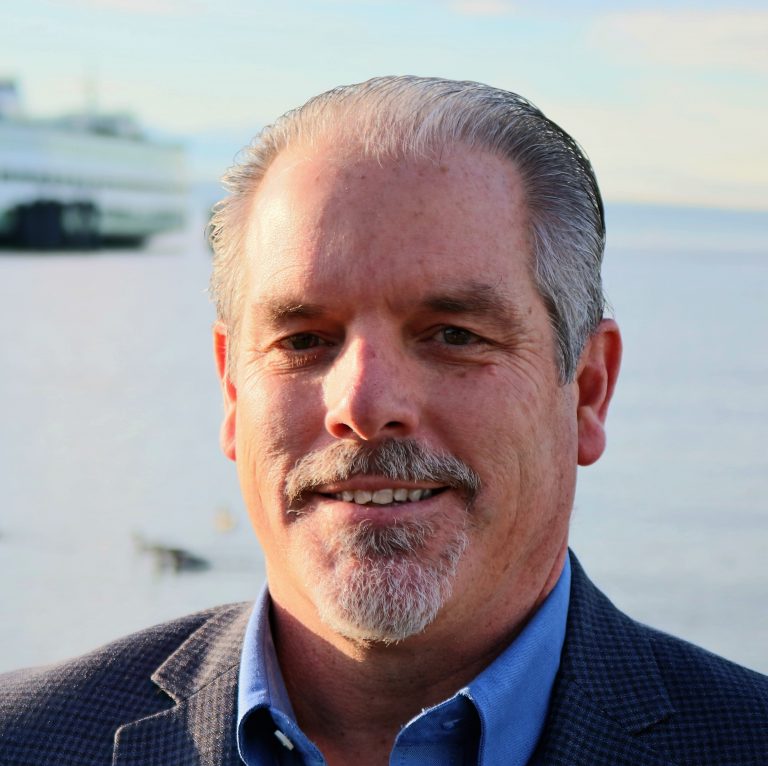Lessons in Leadership: Soaring with the Winds of Life

In learning how to fly an airplane, one of the first lessons has to do with understanding winds. Winds come in basically three types;
- Head winds – those hit you right in the face
- Tail winds – those from behind
- Cross winds – those at angles from the side

I believe the challenges we face in life and in business model these three types of wind as well. If we consider all the forms of challenge we face, we can boil it down into these three categories. However, it might be interesting to compare the pilot’s concern with each of these winds as we think about our daily responses to life’s winds…..
Head Wind
First, the head winds. Too often we might be prone to think of these negatively. As wind hits us in the face, it slows us down, forces us to press harder against the wind. Bob Seger wrote a great ballad titled “Against the Wind…stronger now still just running…against the wind”.
When a pilot encounters head wind during flight it can be a challenge. Fuel consumption is increased as air speed decreases. The time it takes to reach a destination increases. Stress and fatigue can set in. But did you know it is preferable to take off and land “against the wind”? Why? Because the increased force of that head wind causes “lift” on the wings which is the force that makes planes fly.
A good steady head wind actually makes take-offs and landings easier, more comfortable and effective. So the next time you sense a head wind in life, ask yourself whether it has been provided to allow more lift for a better take off to a new place in life or whether it is there to afford a safer, smoother landing from where you have just come.
Tail Wind
Next let’s talk about tail wind. This is just the opposite from a head wind. We tend to think of tail wind as favorable. During flight that might be true. It can serve to push us forward, reduce effort and speed the time towards the destination.
But did you know it is the most difficult force with which to reckon during take off and landing? At those times, it actually impairs control, reduces efficiency and creates danger.
Maybe in life we need to be cautious of the perceived tail winds. Rather than gliding along with them, we need to watching for hindrances to gaining new achievement or resolving old challenges.
Cross Wind
The final force is cross wind. All things considered, crosswind is the most challenging of all flying situations. That is true in life and business too.
Crosswind means what it implies… a force crossing you at an angle to the direction you intend to fly. During flight, a cross wind will blow you “off course”. A constant watch must be given to direction and compass heading while flying in crosswinds. There is no cruising during crosswind conditions. It is a constant battle.
 Me Piloting A Cross Country To Shreveport La
Me Piloting A Cross Country To Shreveport LaTake off and landing is even more severe. Very special techniques are required to manage a crosswind situation. This is why you see planes doing a crab landing, angling sideways right before touchdown. In some situations the crosswind can be so severe that its force exceeds the designed strength of the air frame on the airplane, which makes the good pilot seek an alternative landing site, one where the winds are more favorable.
Life has crosswind too. It is the skill and grace with which we handle life’s crosswinds that determines our ultimate success. Failure to recognize and manage a crosswind can cause certain disaster. Either we ignore the presence of that crosswind or we acknowledge it but underestimate the consequences. Forging ahead means grave results.
So next time you feel a certain extraordinary force influencing your life, consider the pilot. Is the wind you feel one of these? If so, which one and how will you choose to handle it?
If you need help discerning the winds in your path right now or want to find better ways to navigate those winds, schedule a time for a free consultation.
The post Lessons in Leadership: Soaring with the Winds of Life appeared first on Business Advisor and Executive Coach | Doug Thorpe.




























Already a Member? Login Here.
Not Yet a Member? Join the Conversation Today!